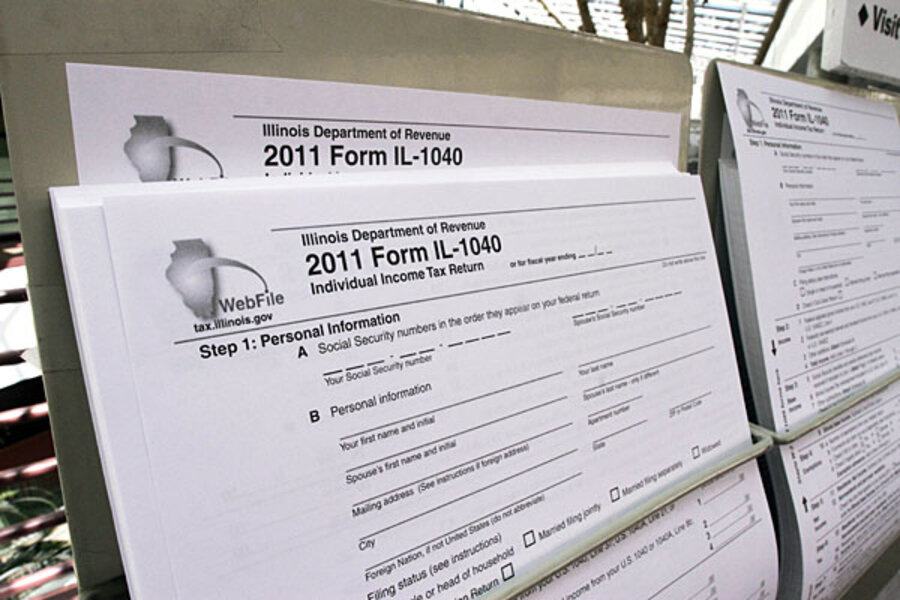Five ways to tax the 47 percent
Loading...
Let’s say you are truly offended that 47 percent of Americans don’t pay income tax. Just complaining won’t fix the problem. All those freeloaders are still out there, dodging their responsibilities as red-blooded taxpaying Americans. So, let’s stop fooling around and do something about it.
Here is my modest proposal. Five solutions to make sure everyone pays his or her fair share:
1. Repeal tax credits, such as the Earned Income Tax Credit and the Child Tax Credit. These subsidies are the major reason many low-income working families avoid the income tax. About one-third of those who don’t pay are families with kids. Because the credits go mostly to people who earn wages and phase out slowly as income rises, they are a strong incentive to work.
This seems like a good idea. And it’s why refundable credits were once so popular with conservatives. In fact, they were the brainchild of iconic conservative economist Milton Friedman, who proposed a similar idea (called a negative income tax) 60 years ago.
Still, we could scrap the refundable credits and replace them with a direct cash payment to low-income working families. Of course, this would require a new bureaucracy to administer the program and force working people with kids to stand in a line somewhere to apply. Or, Congress could enact a big increase in the minimum wage. It won’t be easy, but we can make sure these freeloaders pay. Yet, there are still some people who would slip through our net.
2. Eliminate the standard deduction and personal exemption: This would capture another big chunk of non-payers. The only trouble is, 7 of every 10 households, or 107 million tax units, don’t itemize. Sadly for the anti-47 percent crowd, there are millions of people who take the standard deduction but still pay income taxes. For them, wiping it out would only raise their taxes. And it still leaves millions more of those The Wall Street Journal once called “lucky duckies” who don’t pay income tax.
3. Raise taxes on old people: That brings us to the roughly one-quarter of those who don’t pay income taxes who are seniors. Those 65 and older get an extra standard deduction as well as a special tax credit. True, in 2009, one-third of those over 65 were living in or near poverty and nearly 40 percent of elderly women were poor. And it is also true that, for many, their only source of income is their Social Security check, which is tax free for couples making $32,000 or less or singles making $25,000. If we start taxing the first dollar of these benefits, we can substantially reduce the number of these elderly deadbeats. Now, we just need to find a politician willing to sponsor such a plan. Bueller? Bueller?
4. Fix the economy. Many pay no income tax because they, um, don’t make any money. And many have no income because they are unemployed, victims of what you may have noticed has been a tough economy. The Tax Policy Center estimates that if the economy gets back on track, the percentage of those who don’t pay income tax would fall by about 10 percentage points. Thus, a bit more than one-third of households would fall into the deadbeat category, instead of nearly half.
5. Keep the No New Tax Pledge. There is, however, a small problem with the first three ideas: They’d violate the anti-tax hike pledge signed by nearly all Republicans in Congress. How could we get around that? Easy as pie. Just cut taxes on high-income households to offset those tax hikes on the working poor. Just sayin.





